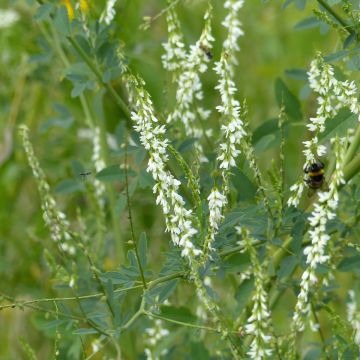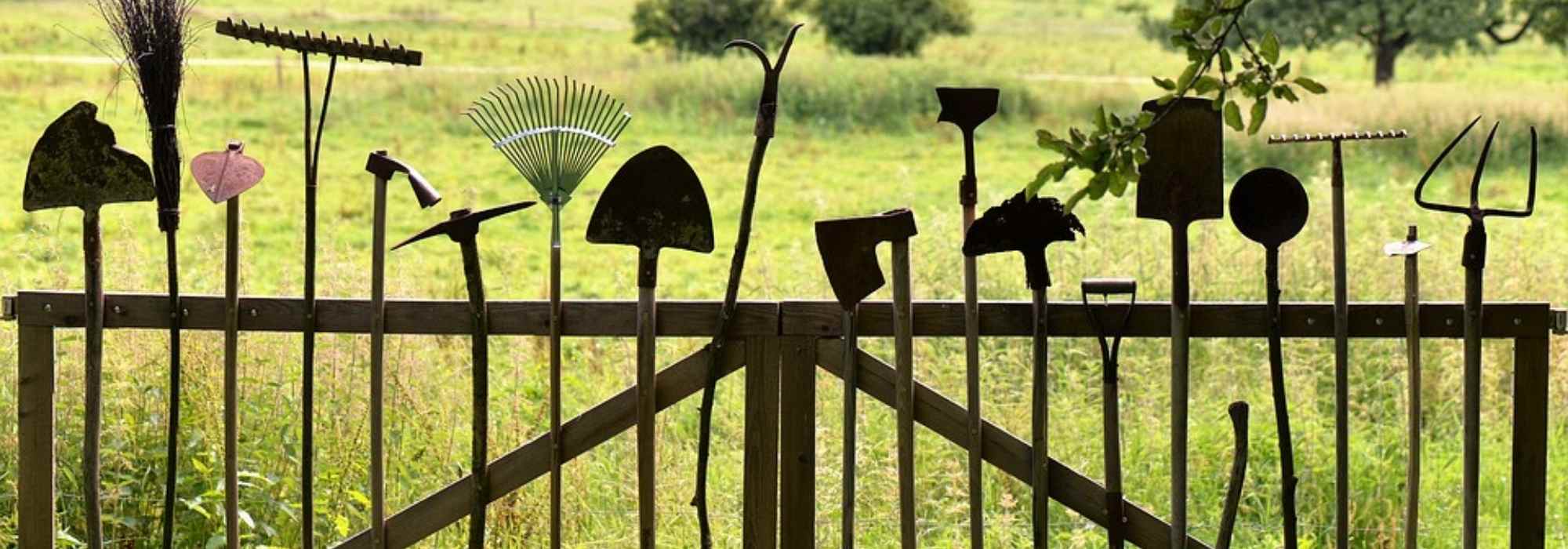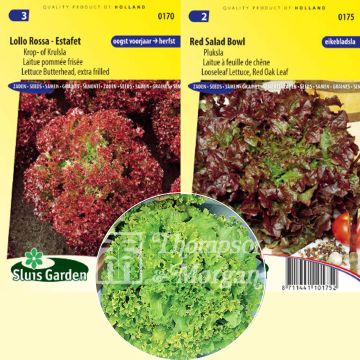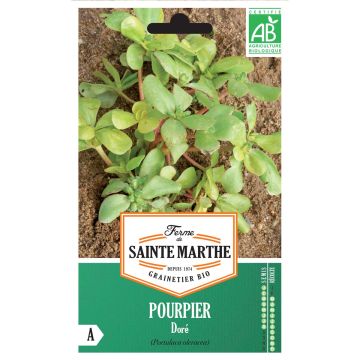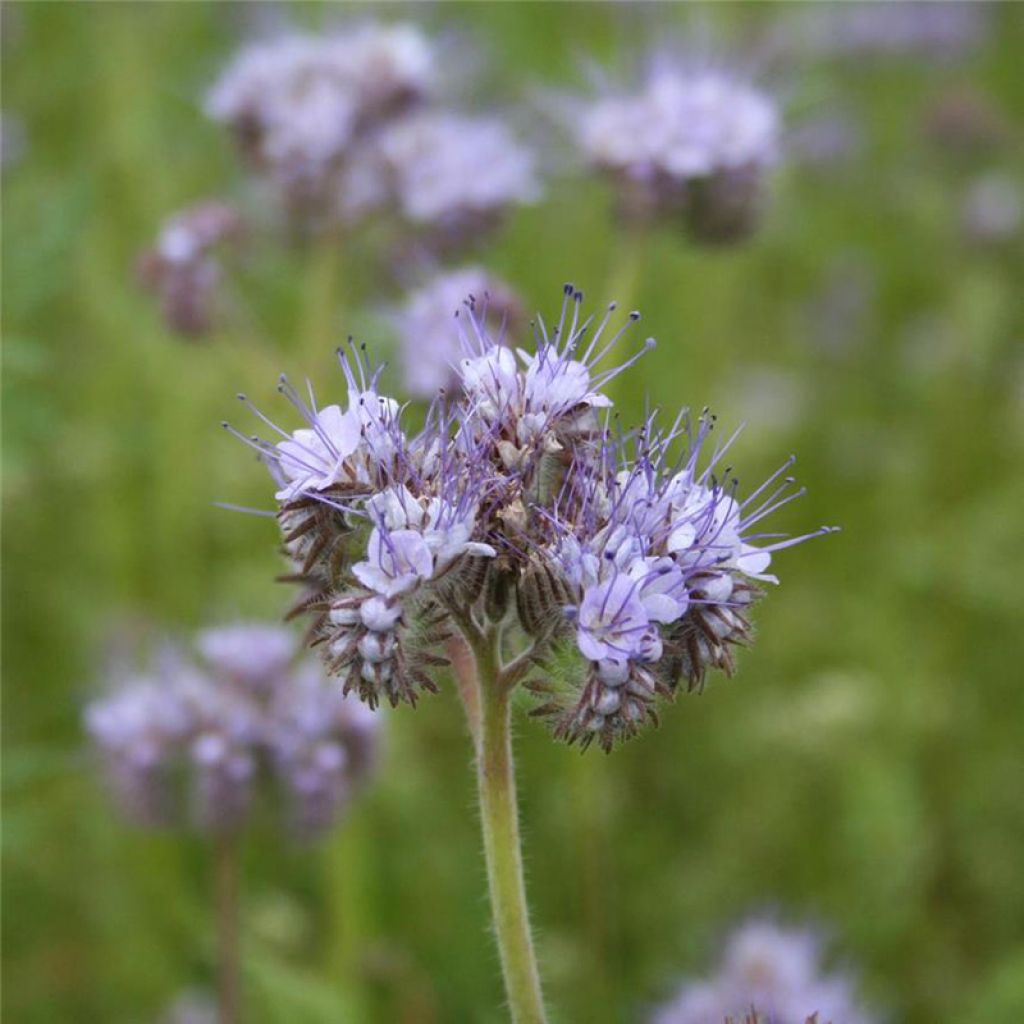

Phacélie Bio - Ferme de Ste Marthe


Phacélie Bio - Ferme de Ste Marthe
Phacelia Tanacetifolia
Phacelia Tanacetifolia
Fiddleneck
Very fast delivery, no packaging issues. Thank you.
Cécile, 28/03/2019
Special offer!
Receive a €20 voucher for any order over €90 (excluding delivery costs, credit notes, and plastic-free options)!
1- Add your favorite plants to your cart.
2- Once you have reached €90, confirm your order (you can even choose the delivery date!).
3- As soon as your order is shipped, you will receive an email containing your voucher code, valid for 3 months (90 days).
Your voucher is unique and can only be used once, for any order with a minimum value of €20, excluding delivery costs.
Can be combined with other current offers, non-divisible and non-refundable.
Why not try an alternative variety in stock?
View all →This plant carries a 6 months recovery warranty
More information
We guarantee the quality of our plants for a full growing cycle, and will replace at our expense any plant that fails to recover under normal climatic and planting conditions.
Description
Phacelia is a green manure for the garden: it suffocates weeds, combats nematodes, prevents leaching of the soil from its roots, and aerates it. A source of nectar, it is also very aesthetic and fragrant. Sow from April to September, after your other sowings. Bury it after the flowering period or cut the inflorescences (to prevent seed production and an invasion in the garden) and leave in place until 3 weeks before your future sowings.
Phacelia tanacetifolia is an annual plant in the Boraginaceae family. Native to North America, it is useful in the vegetable garden for several reasons. First, as a source of nectar, it attracts insects for the benefit of all the other plants present. To attract these pollinators, it has developed a delightful fragrance.
This undemanding plant also enhances all types of soil, even the most barren and dry, as long as it remains in the sun. Despite its wildflower appearance for a natural garden, it has a very sculptural habit with its scorpioid inflorescence curling up like a crozier as the small lavender-blue to deep blue flowers bloom. Its deeply cut foliage resembles that of tansy and quickly forms beautiful massifs over 1 m (3ft) in height.
Finally, at the end of the season, this lovely Phacelia can be used as green manure, either directly buried in the soil or incorporated into compost where it enriches it with nitrogen.
Harvesting: after flowering, the flowers form capsules containing 4 very black seeds. It is then time to mow, grind, and bury it in the soil to enrich it with nitrogen.
Storage: Phacelia can be buried in the soil to enrich it with nitrogen or incorporated into compost with the same objective.
Gardener's tip: the root network of Phacelia is so dense that adventive plants cannot establish themselves. Knowing this, it can be beneficial to cultivate it in an area where you want to get rid of weeds. However, it is necessary to weed before cultivating it.
Organic or 'BIO' seeds come from plants grown in organic farming (without the use of pesticides). They undergo no treatment after harvest. These seeds are intended for use in organic market gardening.
Harvest
Plant habit
Foliage
Botanical data
Phacelia
Tanacetifolia
Boraginaceae
Fiddleneck
Cultivar or hybrid
Annual
Other Green fertilisers
View all →Planting and care
Soil preparation and sowing: Phacelia is content with all types of soil, even the most barren. It simply requires that the soil be weeded and loosened on the top 2 to 5 cm (1 to 2in). From July to September, you can broadcast sow it, trying to be as even as possible across the entire area. Cover with a bit of soil, firm it down with a rake, then water.
Maintenance: once the sowing has been done, Phacelia doesn't require any additional care. Water it during the first few weeks to maintain moist soil if necessary. The flowers appear in early summer until autumn, and the plants can be mowed down as soon as they disappear. After the flowering period, bury them or cut off the inflorescences (to prevent seeding and garden invasion) and leave them in place until 3 weeks before your future sowings.
Seedlings
Care
Intended location
Planting & care advice
-
, onOrder confirmed
Reply from on Promesse de fleurs
Similar products
Haven't found what you were looking for?
Hardiness is the lowest winter temperature a plant can endure without suffering serious damage or even dying. However, hardiness is affected by location (a sheltered area, such as a patio), protection (winter cover) and soil type (hardiness is improved by well-drained soil).

Photo Sharing Terms & Conditions
In order to encourage gardeners to interact and share their experiences, Promesse de fleurs offers various media enabling content to be uploaded onto its Site - in particular via the ‘Photo sharing’ module.
The User agrees to refrain from:
- Posting any content that is illegal, prejudicial, insulting, racist, inciteful to hatred, revisionist, contrary to public decency, that infringes on privacy or on the privacy rights of third parties, in particular the publicity rights of persons and goods, intellectual property rights, or the right to privacy.
- Submitting content on behalf of a third party;
- Impersonate the identity of a third party and/or publish any personal information about a third party;
In general, the User undertakes to refrain from any unethical behaviour.
All Content (in particular text, comments, files, images, photos, videos, creative works, etc.), which may be subject to property or intellectual property rights, image or other private rights, shall remain the property of the User, subject to the limited rights granted by the terms of the licence granted by Promesse de fleurs as stated below. Users are at liberty to publish or not to publish such Content on the Site, notably via the ‘Photo Sharing’ facility, and accept that this Content shall be made public and freely accessible, notably on the Internet.
Users further acknowledge, undertake to have ,and guarantee that they hold all necessary rights and permissions to publish such material on the Site, in particular with regard to the legislation in force pertaining to any privacy, property, intellectual property, image, or contractual rights, or rights of any other nature. By publishing such Content on the Site, Users acknowledge accepting full liability as publishers of the Content within the meaning of the law, and grant Promesse de fleurs, free of charge, an inclusive, worldwide licence for the said Content for the entire duration of its publication, including all reproduction, representation, up/downloading, displaying, performing, transmission, and storage rights.
Users also grant permission for their name to be linked to the Content and accept that this link may not always be made available.
By engaging in posting material, Users consent to their Content becoming automatically accessible on the Internet, in particular on other sites and/or blogs and/or web pages of the Promesse de fleurs site, including in particular social pages and the Promesse de fleurs catalogue.
Users may secure the removal of entrusted content free of charge by issuing a simple request via our contact form.
The flowering period indicated on our website applies to countries and regions located in USDA zone 8 (France, the United Kingdom, Ireland, the Netherlands, etc.)
It will vary according to where you live:
- In zones 9 to 10 (Italy, Spain, Greece, etc.), flowering will occur about 2 to 4 weeks earlier.
- In zones 6 to 7 (Germany, Poland, Slovenia, and lower mountainous regions), flowering will be delayed by 2 to 3 weeks.
- In zone 5 (Central Europe, Scandinavia), blooming will be delayed by 3 to 5 weeks.
In temperate climates, pruning of spring-flowering shrubs (forsythia, spireas, etc.) should be done just after flowering.
Pruning of summer-flowering shrubs (Indian Lilac, Perovskia, etc.) can be done in winter or spring.
In cold regions as well as with frost-sensitive plants, avoid pruning too early when severe frosts may still occur.
The planting period indicated on our website applies to countries and regions located in USDA zone 8 (France, United Kingdom, Ireland, Netherlands).
It will vary according to where you live:
- In Mediterranean zones (Marseille, Madrid, Milan, etc.), autumn and winter are the best planting periods.
- In continental zones (Strasbourg, Munich, Vienna, etc.), delay planting by 2 to 3 weeks in spring and bring it forward by 2 to 4 weeks in autumn.
- In mountainous regions (the Alps, Pyrenees, Carpathians, etc.), it is best to plant in late spring (May-June) or late summer (August-September).
The harvesting period indicated on our website applies to countries and regions in USDA zone 8 (France, England, Ireland, the Netherlands).
In colder areas (Scandinavia, Poland, Austria...) fruit and vegetable harvests are likely to be delayed by 3-4 weeks.
In warmer areas (Italy, Spain, Greece, etc.), harvesting will probably take place earlier, depending on weather conditions.
The sowing periods indicated on our website apply to countries and regions within USDA Zone 8 (France, UK, Ireland, Netherlands).
In colder areas (Scandinavia, Poland, Austria...), delay any outdoor sowing by 3-4 weeks, or sow under glass.
In warmer climes (Italy, Spain, Greece, etc.), bring outdoor sowing forward by a few weeks.




































